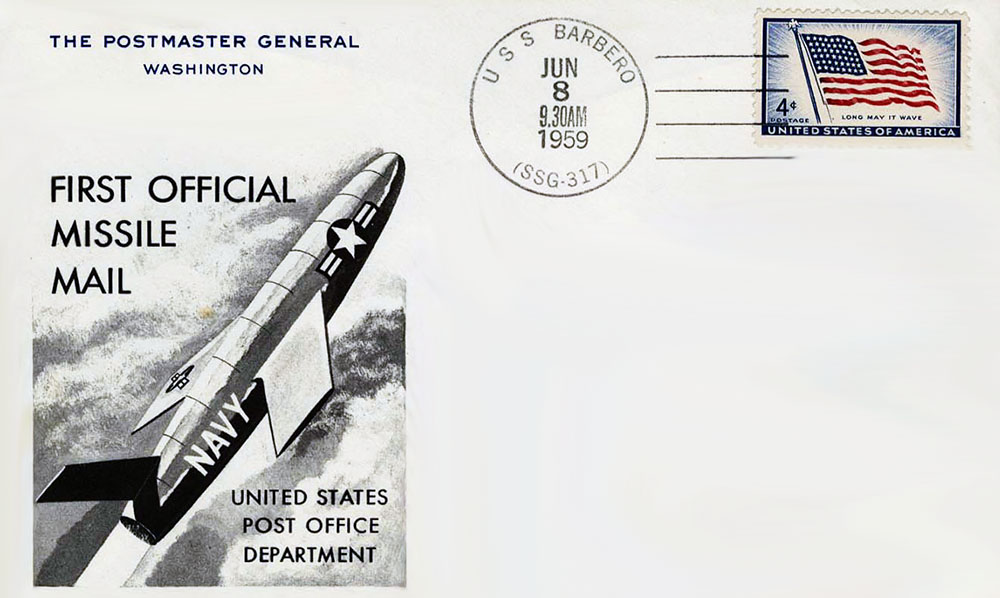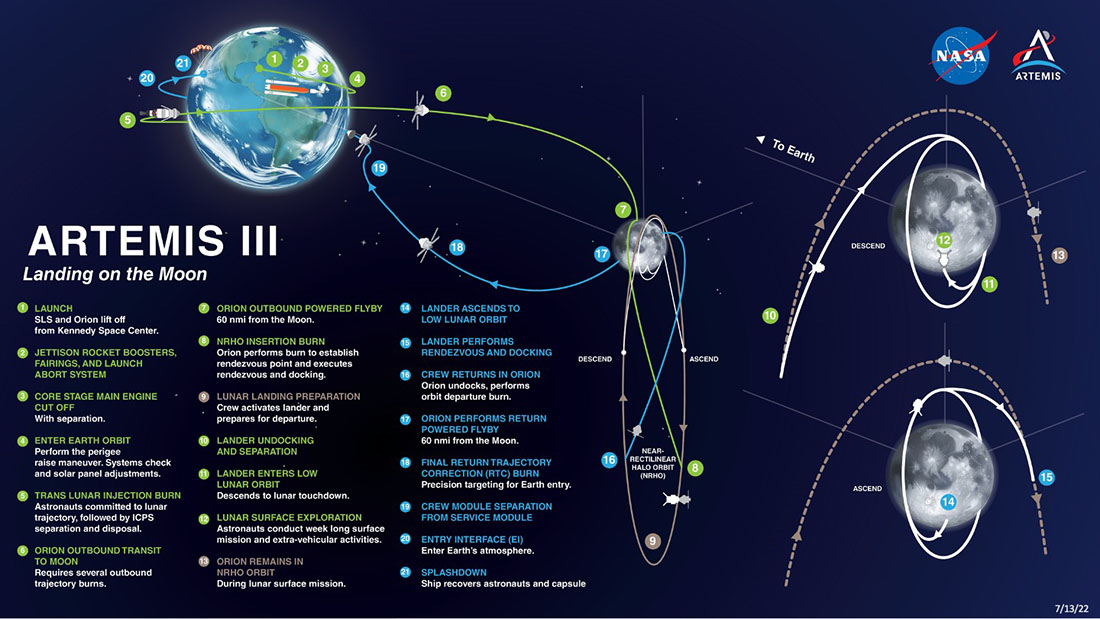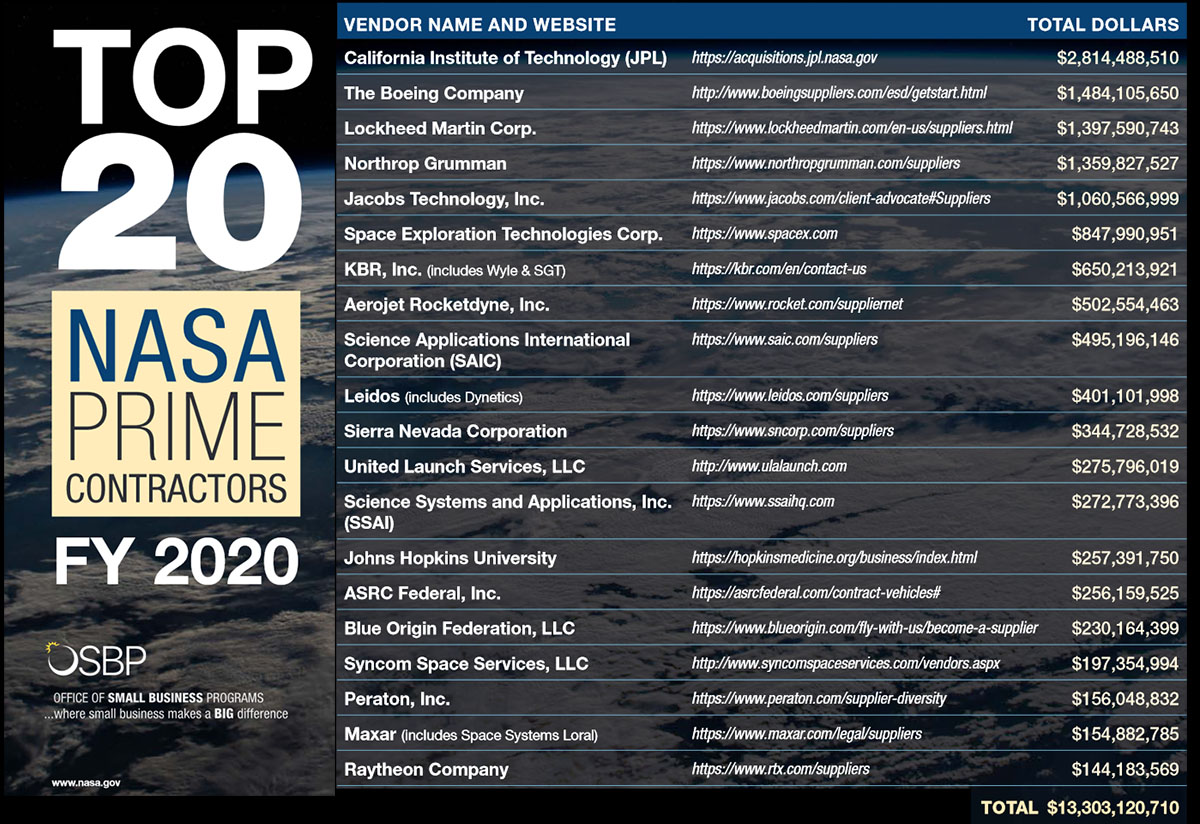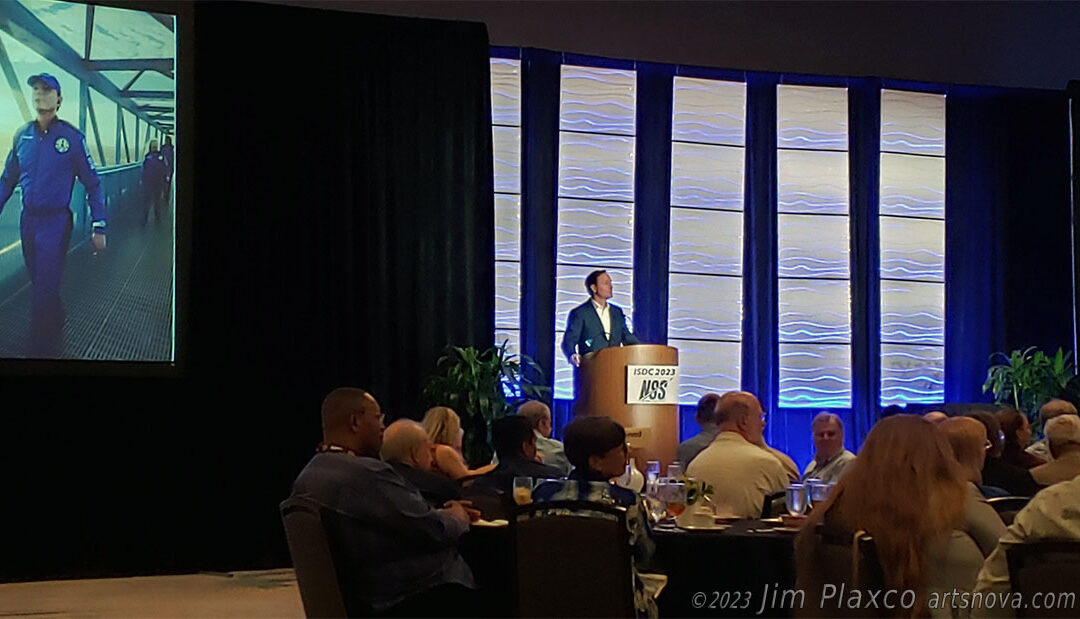Dylan Taylor, CEO of Voyager Space, delivering the keynote The Future of the NewSpace Industry: Enablers and Impediments at the 2023 International Space Development Conference.
Dylan Taylor, CEO of Voyager Space, delivered his keynote presentation The Future of the NewSpace Industry: Enablers and Impediments at the 2023 International Space Development Conference Friday luncheon 05/25/2023. The last half of Dylan’s presentation consisted of seven predictions about the near term future of the space industry. The time horizon he used for his predictions were events that would occur before the start of 2027. Dylan prefixed his presentations with the words of that famous philosopher Yogi Berra who said (more or less) “Its hard to make predictions, especially about the future.”
With one exception, Dylan Taylor’s predictions paint a positive picture for the future of human space exploration and space commercialization. The seven predictions about the space events that will occur between now and the end of 2026 are:
- We will see more new astronauts minted than in any other decade previously.
- We will have demonstrated point to point rocket transport capability.
- We will have successfully demonstrated orbital refueling.
- We will not have re-landed on the Moon but we will have sent a Starship on its way to Mars.
- There will be a NewSpace “Big 4” and they will all be mini-primes.
- We will no longer use the term “The Space Industry” but rather we will refer to “The Space Market”.
- There will be two space ecosystems: US/Western led and Chinese led.
Following is a brief examination of each of these predictions.
Prediction Number 1: Between now and the end of 2026 we will see more new astronauts minted than in any other decade previously.
For this prediction to come true, there will need to be a total of just over 100 people making the trip into space for the first time during the 2020’s. The activity of Blue Origin, Axiom, SpaceX, Virgin Galactic, the Polaris Program, and the various commercial space station programs make this prediction seem to be practically a certainty. As space tourism and commercial space stations ramp up their activities, I too see record numbers of people making the journey into space. The most important aspect of this development is that these new astronauts will overwhelmingly be private citizens and not government employees.
The only thing that would realistically prevent this prediction from coming true is the implementation of a regulatory and/or tax regime that imposes significant costs on commercial space activities in general and space tourism in particular. An example of one such counterproductive and regressive proposal was that of Oregon Democrat Earl Blumenauer who put forward legislation to implement a special space tourism tax. This legislation, which was designed solely to gain political favor with a specific voter block, would have impeded suborbital and orbital scientific research since the space tourism revenue stream is a key factor in lowering the cost of science research and development focused missions. Fortunately, Representative Blumenauer’s legislation did not make it into law.

“Before man reaches the moon, your mail will be delivered within hours from New York to California, to England, to India or to Australia by guided missiles…. We stand on the threshold of rocket mail.” A quote made in 1959 by Arthur Summerfield, United States Postmaster General.
Prediction Number 2: We will have demonstrated point to point rocket transport capability.
Dylan identified this aspect of the rocket industry as being a true game changer. He did qualify this prediction as not applying to human point to point transportation – though that would come.
The development of point to point rocket transport would put rockets in direct competition with airplanes, particularly for the long route market. For example, imagine that instead of an 18 hour plus airplane flight from New York to Singapore, you could take a 30 minute rocket flight.
An early example of using rockets for the point to point transportation of cargo was that of rocket mail. More recently, in 2022 the United States Space Force initiated a Rocket Cargo program to investigate the use of suborbital spaceflight to deliver cargo to its destination in under an hour.
Unlike U. S. Postmaster General Arthur Summerfield’s 1959 prediction that rocket mail would be a reality before man landed on the Moon, the new reality of reusability and the landing capabilities of, for example, Starship, make suborbital point to point transportation truly plausible. Initially these flights would most certainly be cargo flights with the human transport capability following as experience is gained with point to point operations for cargo transport.
Another aspect of this prediction to bear in mind is that of cost and economies of scale. If point to point rocket transport is able to successfully compete with airlines, then it is a certainty that the cost of access to orbit will be at least an order of magnitude lower than it is today. A dramatic lowering of the cost of access to LEO (Low Earth Orbit) will enable the dramatic expansion of space-based opportunities for research and economic growth.
Prediction Number 3: We will have successfully demonstrated orbital refueling
To be clear, Dylan was not not talking about the refueling of orbiting satellites but the refueling of rockets on orbit. With SpaceX’s Starship serving as the Artemis Program’s Human Landing System (HLS), once Starship has successfully demonstrated it orbital capabilities, it’s next step will most likely be to demonstrate orbital refueling, which is a requirement in order for SpaceX to fulfill its HLS contract with NASA.
Given the demands of NASA’s Artemis program, a demonstration of orbital refueling by 2027 is entirely reasonable. Once the technology of orbital refueling has been developed, this space-based infrastructure becomes available to a host of new in-space services that are not viable today due to the lack of orbital refueling capabilities. For more about orbital refueling, see Refueling Analysis for Mars Missions and Human Landing System, featuring Dan Tiffin.

NASA illustration of the Artemis III mission to land humans at the Moon’s south pole in 2025.
Prediction Number 4: We will not have re-landed on the Moon but we will have sent a Starship on its way to Mars in Q4 2024 launch window
This prediction means that Dylan does not believe that the NASA Artemis program will achieve its stated goal of having the Artemis III mission, the first human mission of the Artemis program to land on the Moon, meet its 2025 launch date. It further means that the Artemis III mission date will slip by more than a year to beyond the end of 2026. Given the program’s number of previously missed mission dates, this is a reasonable prediction.
Dylan does believe that SpaceX will succeed in launching a Starship mission to Mars during the fourth quarter 2024 Mars launch window. Note that his prediction did not specify whether or not this would be a human mission. Perhaps the “human” part was assumed. For comparison, the Artemis I mission, which orbited the Moon, was an unmanned flight test of the hardware. The question then becomes one of whether or not Elon Musk and SpaceX will make their first Starship mission to Mars an unmanned test mission or an actual manned mission. In its 20 year history, SpaceX and Elon Musk have revolutionized the launch industry – doing more in those 20 years than NASA and the U.S. government has done in 65 years. Given their drive to innovate and achieve, that first Starship mission to Mars may just have a crew on board – making it the first human mission to Mars.

Top 20 NASA FY 2020 Prime Contractors. For reference, see Table 1. The Top 20 NASA FY 2020 Prime Contractors.
Prediction Number 5: There will be a NewSpace “Big 4” and they will all be mini-primes
Dylan elaborated on this prediction by pointing out that newSpace companies have been a source of space industry disruption. Indeed, they have demonstrated speed, agility, and a degree of risk taking that the traditional or heritage space companies, whose business models have relied almost exclusively on winning government contracts, have been unable to match. Unfortunately that dependency on government contracts has bread both complacency and inefficiency.
As these new space businesses grow their market share, which will most likely coincide with accelerated market growth as a result of their lower costs and technological innovations, these businesses will be able to grow the scale of their operations which will allow them to take advantage of economies of scale, thus creating a virtuous cycle.
Dylan’s expectation is that the four largest newSpace companies will grow to have an 80% market share, adding that he hoped that his own company – Voyager Space – would be one of them. To see who NASA’s primary contractors were for fiscal year 2020, refer to Table 1. The Top 20 NASA Prime Contractors for Fiscal Year 2020 below.
Table 1. The Top 20 NASA Prime Contractors for Fiscal Year 2020.
| NASA Contractor Name | Contractor’s Website | Total FY2020 Dollars by Contractor |
|---|---|---|
| California Institute of Technology (JPL) | https://acquisitions.jpl.nasa.gov | $2,814,488,510 |
| The Boeing Company | http://www.boeingsuppliers.com/esd/getstart.html | $1,484,105,650 |
| Lockheed Martin Corp. | https://www.lockheedmartin.com/en-us/suppliers.html | $1,397,590,743 |
| Northrop Grumman | https://www.northropgrumman.com/suppliers | $1,359,827,527 |
| Jacobs Technology, Inc. | https://www.jacobs.com/client-advocate#Suppliers | $1,060,566,999 |
| Space Exploration Technologies Corp. | https://www.spacex.com | $847,990,951 |
| KBR, Inc. (includes Wyle & SGT) | https://kbr.com/en/contact-us | $650,213,921 |
| Aerojet Rocketdyne, Inc. | https://www.rocket.com/suppliernet | $502,554,463 |
| Science Applications International Corporation (SAIC) | https://www.saic.com/suppliers | $495,196,146 |
| Leidos (includes Dynetics) | https://www.leidos.com/suppliers | $401,101,998 |
| Sierra Nevada Corporation | https://www.sncorp.com/suppliers | $344,728,532 |
| United Launch Services, LLC | http://www.ulalaunch.com | $275,796,019 |
| Science Systems and Applications, Inc. (SSAI) | https://www.ssaihq.com | $272,773,396 |
| Johns Hopkins University | https://hopkinsmedicine.org/business/index.html | $257,391,750 |
| ASRC Federal, Inc. | https://asrcfederal.com/contract-vehicles | $256,159,525 |
| Blue Origin Federation, LLC | https://www.blueorigin.com/fly-with-us/become-a-supplier | $230,164,399 |
| Syncom Space Services, LLC | http://www.syncomspaceservices.com/vendors.aspx | $197,354,994 |
| Peraton, Inc. | https://www.peraton.com/supplier-diversity | $156,048,832 |
| Maxar (includes Space Systems Loral) | https://www.maxar.com/legal/suppliers | $154,882,785 |
| Raytheon Company | https://www.rtx.com/suppliers | $144,183,569 |
| Total Amount FY2020 | $13,303,120,710 |
Prediction Number 6: We will no longer use the term “The Space Industry” but rather we will refer to “The Space Market”
Quoting Dylan: “This is a really important point. We’re not going to talk about the space industry. We don’t talk about the China industry or the European industry. It’s a market. Space is a market. Space is a place. So think of it as an eighth continent.”
This is a very interesting prediction. We do talk about the oil industry and the coal industry because they produce a specific product. In the past when people spoke of the space industry, they were typically talking about the launch industry. Separately people would talk about the satellite industry. However, usually in the business world when one talks about a market the reference is to a geographic location. For example, the European market refers to business activities occurring within the borders of Europe. Likewise for the Canadian market. In this context, the term industry applies to those sets of firms that are in competition with one another to provide a particular set of goods or services.
What Dylan’s prediction means is that he expects that the amount of economic activity occurring in low earth orbit and beyond to grow significantly both in the variety of activities taking place and in their absolute size. Commercial space stations, orbital space tourism, satellite servicing, in-space manufacturing, zero gravity research would all be economic activities occurring in space and hence the use of the term “space market” instead of “space industry.”
Prediction Number 7: There will be two space ecosystems: US/Western led and Chinese led
Quoting from Dylan’s presentation: “The good news is I think the western led space industry will become more global and more collaborative… But I think there will be, as we have with Apple and Android, two separate and distinctive systems and the Chinese led one will be closed certainly to the West.”
Recall the early days of the Space Race in which Western capitalist democracies, led by the United States, were competing with the Soviet Union and its satellite’s communist system. In a sense we are seeing that again today with China’s communist totalitarian system in a quest for global dominance.
In this case, I believe that Dylan’s prediction is spot-on.
Conclusion
Dylan Taylor has made seven predictions about space events that he thinks will occur between now and the end of 2026. The tone of the predictions are generally positive and certainly within the realm of reasonability.
The prediction I believe to be most likely to become true is the prediction that We will see more new astronauts minted than in any other decade previously. This is not to be confused with the prediction that there will be two space ecosystems: US/Western led and Chinese led as that is, in essence, what we already have.
I had the most difficulty determining which of these predictions would least likely be true by the end of 2026. After much consideration I feel that we will no longer use the term “The Space Industry” but rather we will refer to “The Space Market” will be least likely as that would require multiple significant advances in our space-based capabilities. While I do expect that we will achieve that level of activity, I would push that date out several more years, with that date advancing or retreating based on global economic conditions.
Jim Plaxco is President of the Chicago Society for Space Studies and serves as the National Space Society’s Space Ambassador Program Subject Matter Expert for Economics.

